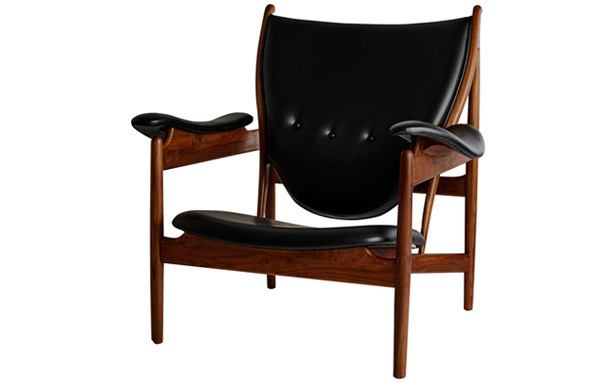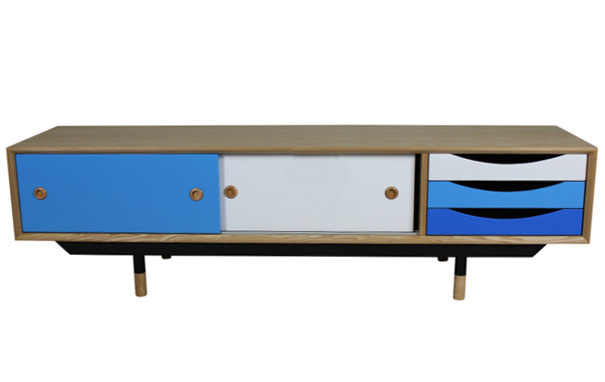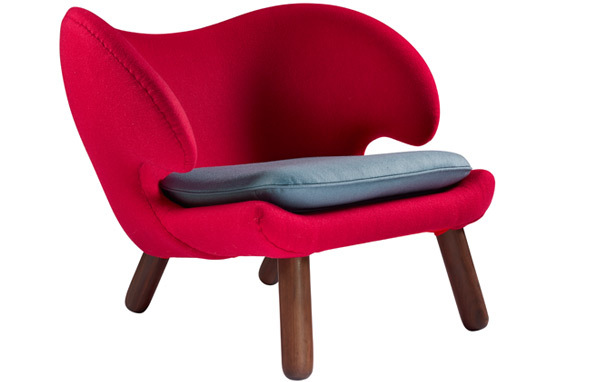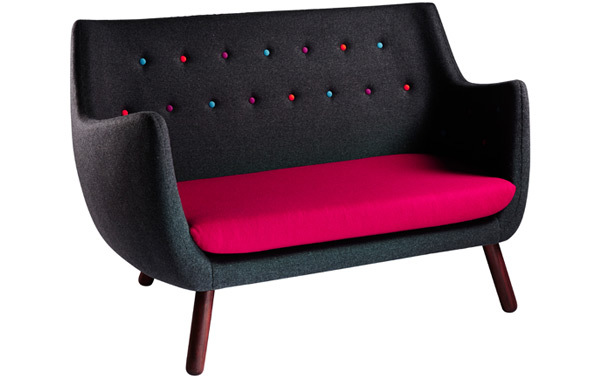Finn Juhl
30th January 1912 – 17th May 1989
However, his furniture design work began far earlier than this. Between 1937 and 1959 he collaborated with master cabinet maker Niels Vodder, exhibiting at the Cabinetmaker’s Guild Exhibitions. The pieces that he exhibited caused a stir amongst both his contemporaries and the public, taking their inspiration, as they did, from 'free art', particularly the sculptures of Henry Moore, Barbara Hepworth and Jean Arp.
The Pelican Chair was the first commercial design to bear Finn Juhl's name in 1940, but was initially met with ridicule, being described as a "tired walrus" in Denmark. The chair, with its fluid and organic shape that envelops the body, began to see popularity elsewhere in Europe, however, and his Poet Sofa was launched a year later in 1941.
In 1942, Juhl built his own open plan house in Charlottenlund, which, in the end, was furnished with many of his own creations. Seeing his own furniture as the expression of the creation of a room, the beauty of the Finn Juhl House can now be viewed by the public as a ticketed tourist attraction, showcasing all of his major furniture designs.
Juhl's lack of formal art training is possibly one of the reasons why many of his pieces break from artistic convention - including the 1949 Chieftain Chair, in which the upholstery is separated from the wood of both the seat and the back - as well as the 1951 Baker Sofa with its floating back design. The latter even won awards many years after Juhl's death, highlighting the fact that his designs are still as relevant today - if not more so - than during his lifetime.




